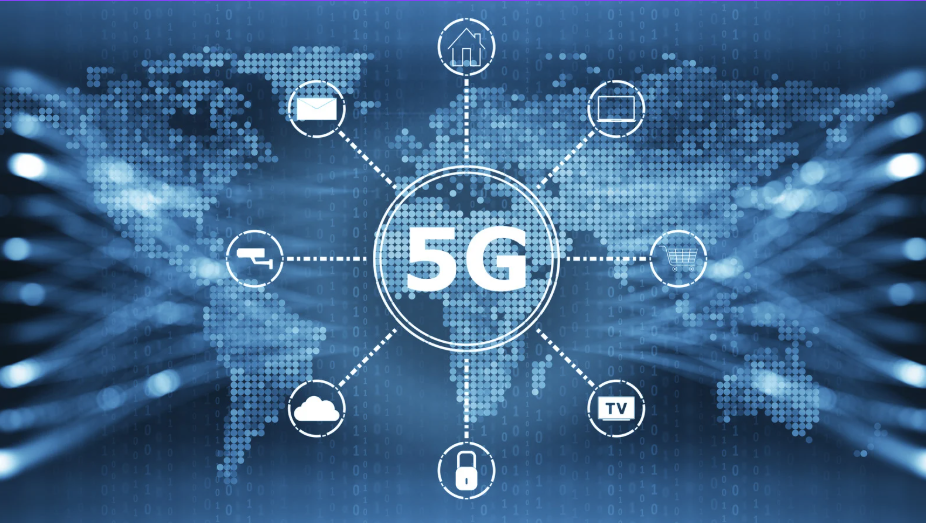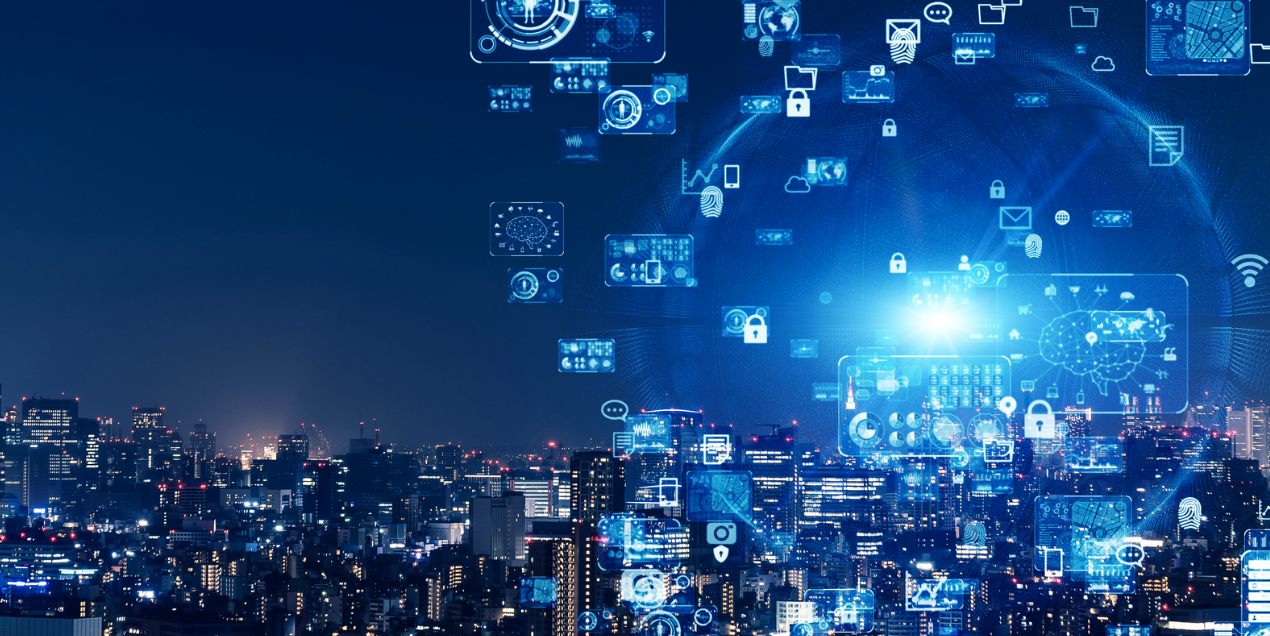5G Integration for IoT: Transforming Connectivity
5G is the fifth generation of mobile network technology, designed to offer faster speeds, lower latency, and more reliable connections than previous generations. When integrated with Internet of Things (IoT) devices, 5G can unlock new possibilities for connectivity, enabling more advanced, efficient, and scalable IoT applications across various industries.
How 5G Enhances IoT Connectivity
Faster Speeds
5G networks offer dramatically higher data transfer speeds compared to 4G, allowing IoT devices to send and receive large amounts of data quickly. This is essential for real-time applications such as autonomous vehicles, smart cities, and remote healthcare monitoring.Lower Latency
One of the key advantages of 5G is its ultra-low latency, which is the delay between sending and receiving data. In IoT applications, reduced latency ensures quicker decision-making, which is crucial for time-sensitive operations, such as industrial automation, robotics, and critical infrastructure monitoring.Massive Device Connectivity
5G can support millions of IoT devices in a small area, far exceeding the capabilities of previous networks. This is ideal for dense environments such as smart cities, where thousands of sensors, cameras, and other connected devices must operate simultaneously without degrading network performance.Improved Reliability
5G offers more stable and reliable connections, even in challenging environments. IoT applications in remote or industrial areas, such as agriculture, energy grids, and mining, benefit from the robust connectivity that 5G provides, ensuring constant and uninterrupted communication between devices.Enhanced Network Efficiency
5G introduces advanced features like network slicing, allowing the creation of virtual networks tailored to specific IoT applications. For instance, a network slice for healthcare IoT could prioritize low-latency connections for medical devices, while another slice could support high-bandwidth applications for smart manufacturing.

Key Benefits of 5G Integration for IoT
Real-Time Monitoring and Control
The high-speed, low-latency nature of 5G allows IoT systems to monitor and control devices in real time, whether it's tracking the health of a machine, managing traffic in a smart city, or monitoring patients remotely in healthcare.Scalability
As IoT networks grow, 5G enables scalable solutions that can handle the massive influx of connected devices. Whether you're managing thousands of sensors or millions of devices, 5G ensures the network can scale effectively without performance degradation.Enhanced Automation
With faster and more reliable data transmission, IoT devices powered by 5G can enable more advanced automation. For example, in manufacturing, 5G can support real-time data analysis and automatic adjustments to production lines, improving efficiency and reducing downtime.Energy Efficiency
5G can also contribute to energy efficiency for IoT devices. With improved network efficiency and advanced connectivity protocols, IoT devices can consume less power while maintaining reliable communication.New Use Cases and Innovation
The combination of 5G and IoT opens the door to new possibilities. From autonomous vehicles to augmented reality, smart agriculture, and advanced healthcare solutions, 5G enables next-generation applications that were previously not feasible with earlier networks.

Real-World Use Cases for 5G and IoT
Smart Cities: 5G enables seamless communication between millions of sensors and devices for traffic management, public safety, and energy distribution.
Autonomous Vehicles: Self-driving cars rely on real-time data from IoT sensors. 5G's low latency and high reliability ensure that these vehicles can make split-second decisions to ensure safety on the road.
Healthcare: Remote health monitoring devices, telemedicine, and real-time diagnostics benefit from 5G's ability to transmit data instantly, ensuring quicker responses in critical situations.
Industrial Automation: In smart factories, 5G supports the connection of machines, robots, and sensors, allowing for faster, more efficient manufacturing processes with real-time monitoring and predictive maintenance.
Agriculture: IoT sensors can track soil conditions, weather patterns, and crop health in real time, and 5G connectivity ensures that data from rural farms can be transmitted instantly to optimize agricultural practices.
The Future of 5G and IoT
The integration of 5G with IoT is set to revolutionize industries by enabling more advanced, scalable, and efficient IoT networks. As 5G infrastructure continues to roll out globally, we can expect smarter cities, enhanced healthcare solutions, more efficient supply chains, and innovative technologies that rely on the power of real-time connectivity and massive IoT device integration.
